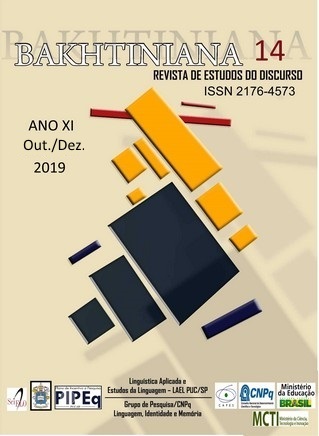A linguagem da Escola Semiótica de Tártu-Moscou e as traduções de Iúri Lotman no Brasil
Palavras-chave:
Escola Semiótica de Tártu-Moscou, Iúri Lotman, Linguagem soviética, TraduçãoResumo
O uso de linguagem codificada e esópica nos trabalhos dos semioticistas que integraram a Escola Semiótica de Tártu-Mosou foi motivado pelo desejo de serem compreendidos pelo círculo e não compreendidos por possíveis intrusos indesejáveis dos órgãos de controle soviéticos. Um dos termos centrais utilizados pela Escola - os “sistemas modelizantes secundários” - foi sugerido por Vladímir Uspiénski com o objetivo de substituir a palavra "semiótica", associada à semiótica ocidental. Ao cotejar o artigo de Iúri Lotman Sobre o problema da tipologia da cultura, de 1967, com a tradução para o português do Brasil de Lucy Seki, que integrou a coletânea Semiótica Russa, organizada por Boris Schnaiderman, objetivo verificar se as peculiaridades do texto original, que surgiram devido às condições histórico-políticos da sua criação, foram preservadas na tradução.








